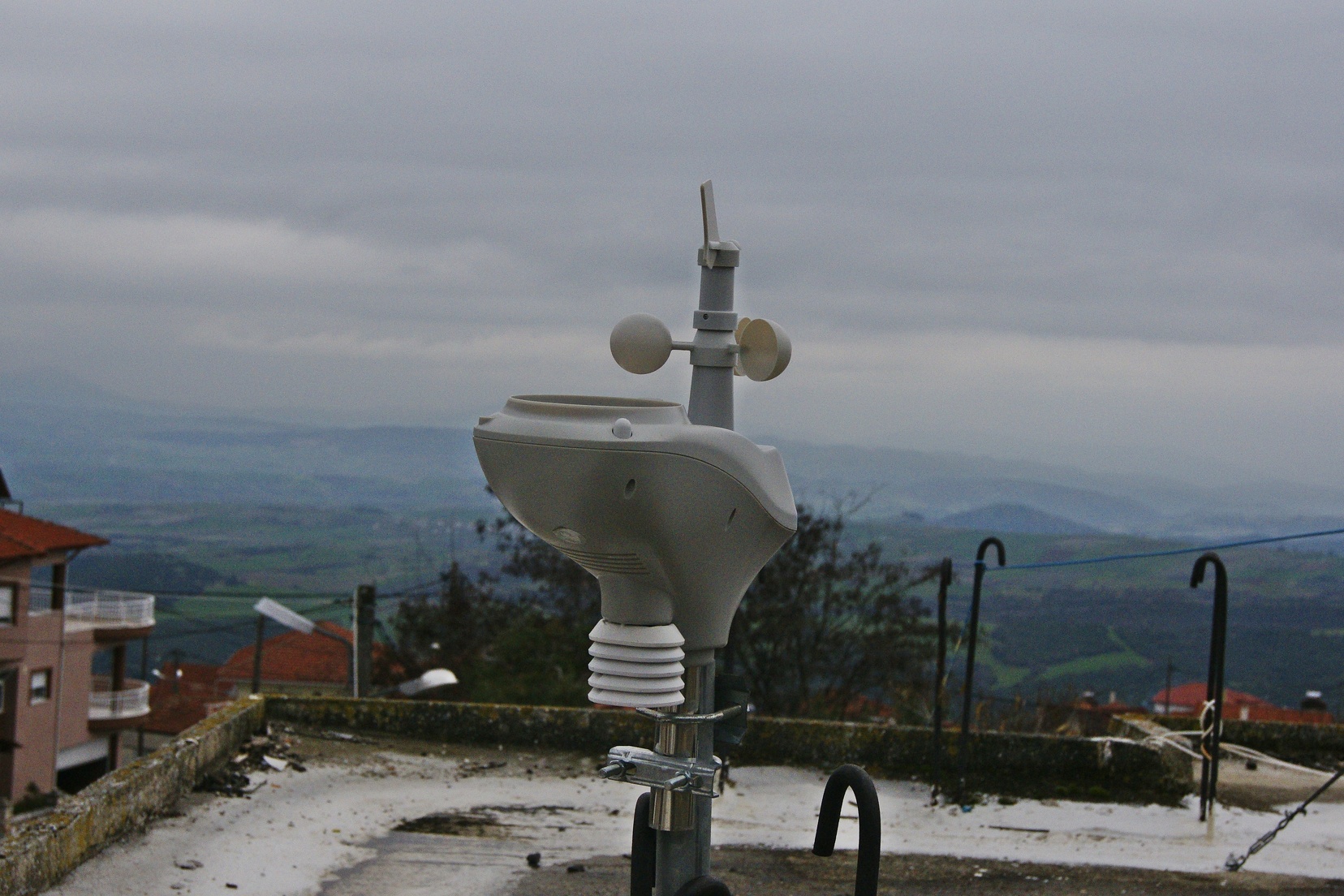Q&A with the Winners: Vassilis Chryssos
In this Q&A, Vassilis Chryssos talks about his team’s solution — Sarantaporo.gr Non-Profit Organization — which won the 2nd Place, Business Models Proof of Concept prize in the 2022 Connecting the Unconnected Challenge.
1.Please summarize your winning solution

The village of Sarantaporo in Elassona, Greece, had no internet connectivity in 2010 because it is an isolated rural area in mountainous Greece. It was not profitable for telecommunications companies to invest in infrastructure. As a group of young people with strong ties to the area, we decided to do something about it. The challenge was twofold: to build the infrastructure to provide access to the Internet for locals and visitors, and to train the locals to use the Internet. Both were difficult, especially as the locals initially thought they would not be able to use the internet.
The solution we implemented was based on the Community Network (CN) model. We identified the local leaders who were willing to get involved, applied for a grant to provide the initial network equipment (wireless mesh routers), designed the basic network architecture, and launched a local campaign to get the community on board. The first installation was successful and soon, by word of mouth, people from other villages approached us to do the same for them. Within three years, 15 villages had joined our community network. Community involvement is an innovative aspect that telcos cannot implement because it requires a close relationship and trust building with the local community.
Our model is based on sharing resources with the local community and involving our members. Basic connectivity is available to all in public places in the villages. Community members who host network equipment in their homes (node owners) enjoy a faster connection. The cost of running the infrastructure is shared among the community members (node-owners). The Sarantaporo.gr Non-Profit Organization (NPO) provides additional funding through EU-funded and other programs.
2.What is the most unique/innovative aspect about your approach?

The competitive advantage of our approach over the market lies in the knowledge of local conditions, i.e., where connectivity is needed and who needs it, the empowerment of users who now also become administrators, the sharing of knowledge and the participatory model. This approach has managed to take a situation that is not commercially viable for telecom companies and turn it on its head by actively involving local people.
The innovation of our approach lies in the infrastructure governance model: the local community learns how to deploy, manage, and maintain the wireless infrastructure, while collectively managing it. This gives them the power to decide when, where and how to extend the network to reach remote community members at a fraction of the commercial cost. For example, a local equestrian club was quoted around €6,000 for a fixed line by the incumbent operator. Our CN community connected the club to our infrastructure for less than €600.
3. What did you enjoy most about the CTU Competition and Summit Program?
Getting to know other projects around the world that had also entered the competition was a great added value of the competition for us. We see ourselves as part of a global movement of community networks, and we are always looking for ways to connect with peers around the world, share best (and worst!) practices, knowledge, and insights, and strengthen this movement.
4. What are your project plans for the next 12-18 months?
We are in the process of connecting our CN to the backhaul via fiber to improve the stability and reliability of our network. We are in the process of fundraising to make this happen. Improved connectivity has a direct social impact on our region, as it is a prerequisite for people who wish to work remotely from the village.
At a governance level, we want to explore ways to bring about healthy leadership renewal in our community.

5. What is your estimate of the number of people impacted by your program?
Our community has a year-round population of around 3,500. During the holidays and the summer season this number triples.
6. Anything else you would like to share
Community networks are making a real difference on a global scale by demystifying telecommunications technology, sharing knowledge and empowering local communities to take control of their own Internet access and information sharing. The CTU Challenge is helping to bring this awareness to more people around the world. IEEE, being a globally respected institution, can play a significant role in advocating for the development and support of community networks.
We are very happy to have taken part in this contest and delighted that our project was awarded. Most of all, we are proud to be part of this movement. We celebrate all the prizes that have been awarded and share the joy with our peers.


